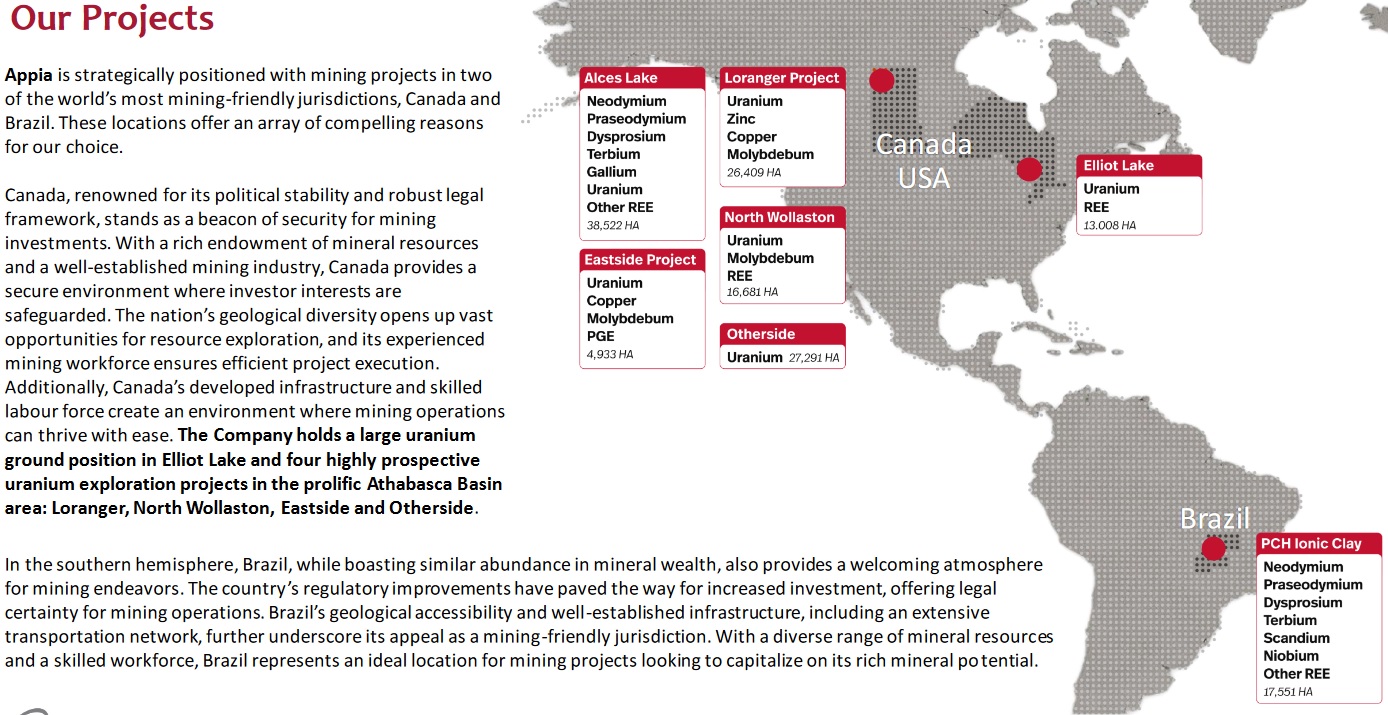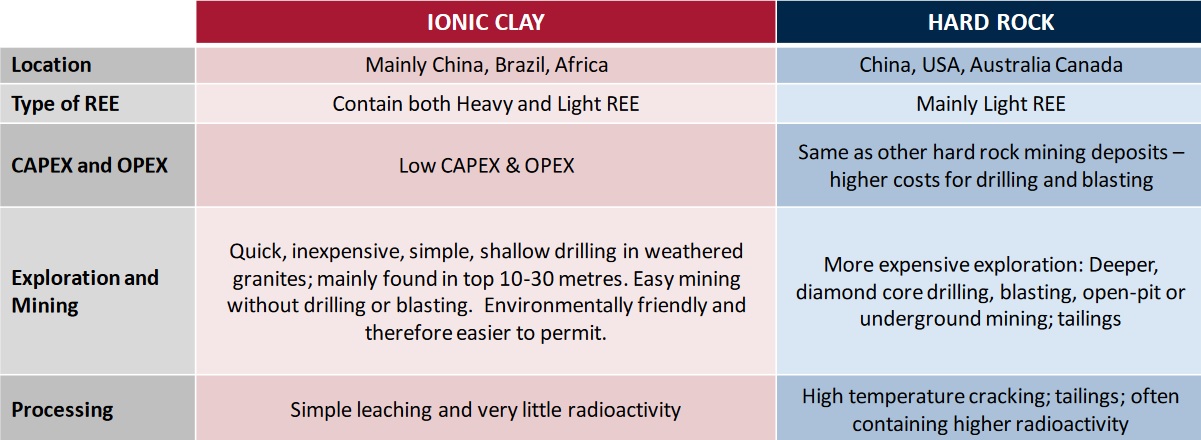Tom Drivas Explores the Initial Rare Earth Mineral Resource Estimate from Appia’s PCH Ionic Adsorption Clay Project in Brazil
In this interview with Tracy Weslosky during PDAC 2024, Tom Drivas, CEO and Director of Appia Rare Earths & Uranium Corp. (CSE: API | OTCQX: APAAF) discussed the results from the maiden Mineral Resource Estimate for Appia’s PCH Ionic Adsorption Clay Project in Brazil. Announcing a significant 52.8 million tonnes of resource, Tom highlighted the presence of extremely high-grades of rare earths within this resource, showcasing some of the highest TREO (total rare earth oxide) grades globally.
Tom emphasized the project’s potential, stating, “We have only explored 1% of the total area… We have 40,000 hectares.” Tom also highlighted the project’s richness in magnet rare earths like neodymium and praseodymium, essential for producing permanent magnets in high demand. The addition of industry experts like Constantine Karayannopoulos, Jack Lifton and Don Hains, P. Geo to Appia’s Advisory Board underscores the project’s significance and potential.
Besides the project in Brazil, Appia is also advancing uranium exploration properties around the Athabasca Basin in Saskatchewan and has a significant uranium resource in Ontario at Elliot Lake. Notably, the company is also advancing its Alces Lake project in Saskatchewan, renowned for its high-grade critical rare earths in monazite.
To access the full interview, click here
Don’t miss other InvestorNews interviews. Subscribe to the InvestorNews YouTube channel by clicking here
About Appia Rare Earths & Uranium Corp.
Appia is a publicly traded Canadian company in the rare earth element and uranium sectors. The Company is currently focusing on delineating high-grade critical rare earth elements and gallium on the Alces Lake property, as well as exploring for high-grade uranium in the prolific Athabasca Basin on its Otherside, Loranger, North Wollaston, and Eastside properties. The Company holds the surface rights to exploration for 94,982.39 hectares (234,706.59 acres) in Saskatchewan. The Company also has a 100% interest in 13,008 hectares (32,143 acres), with rare earth elements and uranium deposits over five mineralized zones in the Elliot Lake Camp, Ontario. Lastly, the Company holds the right to acquire up to a 70% interest in the PCH Project (See June 9th, 2023 Press Release – Click HERE) which is 40,963.18 ha. in size and located within the Goiás State of Brazil. (See January 11th, 2024 Press Release – Click HERE)
To learn more about Appia Rare Earths & Uranium Corp., click here
Disclaimer: Appia Rare Earths & Uranium Corp. is an advertorial member of InvestorNews Inc.
This interview, which was produced by InvestorNews Inc. (“InvestorNews”), does not contain, nor does it purport to contain, a summary of all material information concerning the Company, including important disclosure and risk factors associated with the Company, its business and an investment in its securities. InvestorNews offers no representations or warranties that any of the information contained in this interview is accurate or complete.
This interview and any transcriptions or reproductions thereof (collectively, this “presentation”) does not constitute, or form part of, any offer or invitation to sell or issue, or any solicitation of any offer to subscribe for or purchase any securities in the Company. The information in this presentation is provided for informational purposes only and may be subject to updating, completion or revision, and except as may be required by applicable securities laws, the Company disclaims any intent or obligation to update any information herein. This presentation may contain “forward-looking statements” within the meaning of applicable Canadian securities legislation. Forward-looking statements are based on the opinions and assumptions of the management of the Company as of the date made. They are inherently susceptible to uncertainty and other factors that could cause actual events/results to differ materially from these forward-looking statements. Additional risks and uncertainties, including those that the Company does not know about now or that it currently deems immaterial, may also adversely affect the Company’s business or any investment therein.
Any projections given are principally intended for use as objectives and are not intended, and should not be taken, as assurances that the projected results will be obtained by the Company. The assumptions used may not prove to be accurate and a potential decline in the Company’s financial condition or results of operations may negatively impact the value of its securities. This presentation should not be considered as the giving of investment advice by the Company or any of its directors, officers, agents, employees or advisors. Each person to whom this presentation is made available must make its own independent assessment of the Company after making such investigations and taking such advice as may be deemed necessary. Prospective investors are urged to review the Company’s profile on SedarPlus.ca and to carry out independent investigations in order to determine their interest in investing in the Company.



